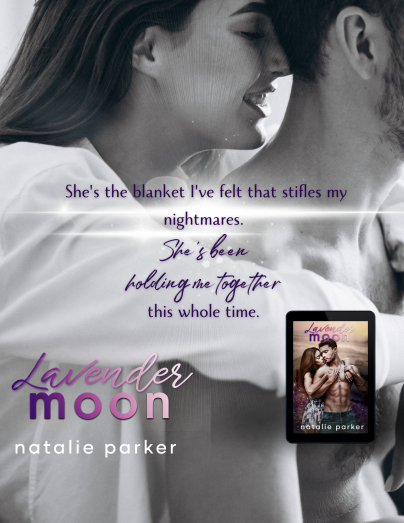News & reviews for the fiction lover in us all!
When The Book Is NOT a Picture In Your Head
A year or so ago, I came across a social media post about a study by Adam Zeman, a professor of Cognitive and Behavioral Neurology, concerning something called “aphantasia”, where a small percentage of the population cannot visualize anything in their minds. The common example is an apple presented in various levels of detail, from a "1" at completely vague up to a "5" where the apple was 3D, in vivid detail. The post mentioned some people, when asked to picture an apple in their head, saw the 3D version, and others were at the other end where they could barely picture anything, with many people at different levels in between.
This post surprised me and generated quite a bit of discussion amongst family and fellow reviewers, as we realized some of us didn’t actually picture a movie in our heads when we were reading. In fact, I was one of those who leaned toward the more vague to nothing. While this inability to visualize in no way prevents a person from being creative, it does affect how the same book is enjoyed.
I figured out really quickly as a child that I read faster than my peers and had an excellent memory for content. I can also recall the story of a book I’ve read before when presented with that book’s cover years later. However, if asked to picture the book cover of a book I just read, I get nothing. At best, it’s a fuzzy flash of memory, but I can’t actually picture it.
Instead, when I read, I mentally assign a voice to each character, and tend to skim long descriptions. (I’m looking at you “The Lord of the Rings”.) Thus, most audiobooks are irritating to my ears as the voice used clashes with my mental one. Further descriptions of something like rain sparks the “sound” in my head, but no image or smell or feel. My sister, on the other hand, reads the same books but is able to fully “see”, “hear”, and even “smell” the rain described in her mind. When discussing a book we’ve both enjoyed, I’ve often found that what we noticed and remembered from the story also differs.
For me, the conversations, the emotions conveyed, and the plot stick with me and make me want to read more, whereas my sister notices that character A was standing by the kitchen counter in a pink silk blouse and faded blue jeans, and is now talking to Character B on the living room couch while wearing yoga pants, but there was no mention of Character A moving toward Character B or changing clothes. The image in her head is disrupted by the lack of description. However, I will not notice this missing description as long as the conversation itself is smooth.
Read the entire article in the April 2023 issue of InD'Tale magazine.
You can just click on the magazine image on the left hand side of our home page to open and enjoy!
OR
If you would like to receive the magazine every month (for FREE!) , just sign up on our home page. Once you do, an e-mail validation notice will be sent directly to you. Just open and click the link and you're in - forever! Each month the magazine will be delivered directly to your inbox to downlad and read!




